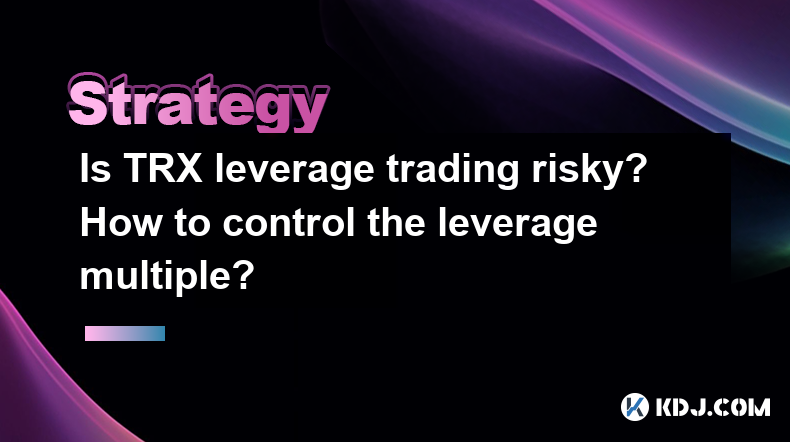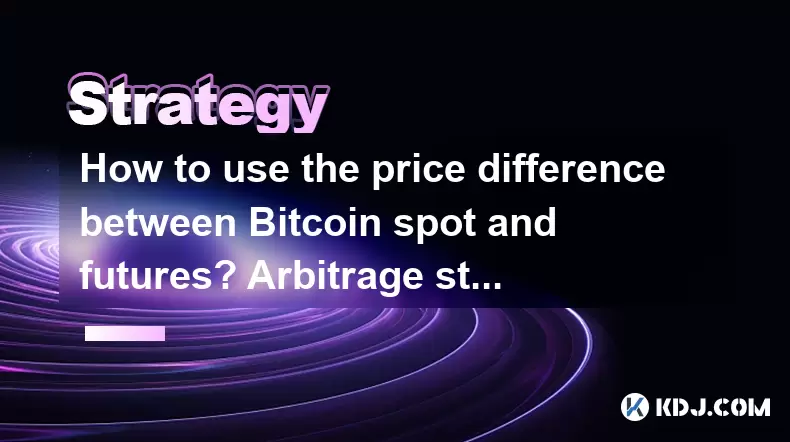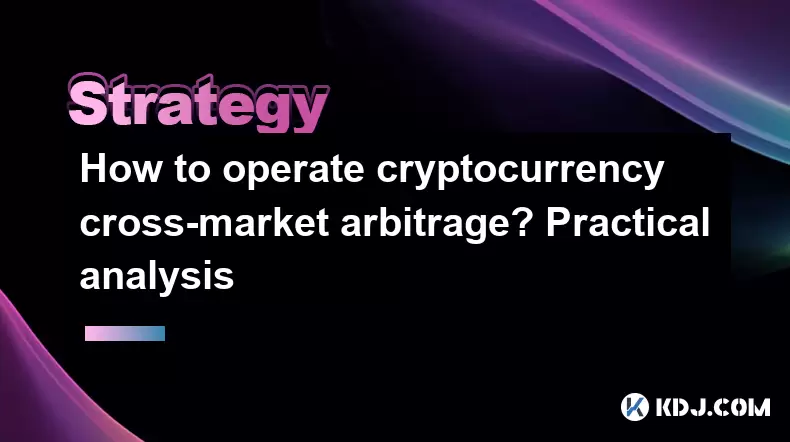-
 Bitcoin
Bitcoin $107,758.1435
-1.45% -
 Ethereum
Ethereum $2,490.6114
-3.32% -
 Tether USDt
Tether USDt $1.0004
0.00% -
 XRP
XRP $2.2042
-2.04% -
 BNB
BNB $651.4818
-1.12% -
 Solana
Solana $145.8782
-3.02% -
 USDC
USDC $0.9999
0.00% -
 TRON
TRON $0.2819
-1.39% -
 Dogecoin
Dogecoin $0.1621
-4.58% -
 Cardano
Cardano $0.5658
-4.18% -
 Hyperliquid
Hyperliquid $37.8181
-6.63% -
 Sui
Sui $2.8404
-4.91% -
 Bitcoin Cash
Bitcoin Cash $481.3703
-2.30% -
 Chainlink
Chainlink $13.0043
-4.79% -
 UNUS SED LEO
UNUS SED LEO $9.0464
0.26% -
 Avalanche
Avalanche $17.6115
-4.39% -
 Stellar
Stellar $0.2359
-2.11% -
 Toncoin
Toncoin $2.7507
-3.93% -
 Shiba Inu
Shiba Inu $0.0...01126
-4.41% -
 Litecoin
Litecoin $86.1256
-3.27% -
 Hedera
Hedera $0.1530
-3.13% -
 Monero
Monero $312.7785
-2.81% -
 Dai
Dai $1.0000
-0.01% -
 Ethena USDe
Ethena USDe $1.0001
-0.02% -
 Polkadot
Polkadot $3.3287
-5.55% -
 Bitget Token
Bitget Token $4.3840
-4.00% -
 Uniswap
Uniswap $6.8370
-10.63% -
 Pepe
Pepe $0.0...09548
-4.25% -
 Aave
Aave $260.2526
-6.11% -
 Pi
Pi $0.4658
-5.45%
Is TRX leverage trading risky? How to control the leverage multiple?
TRX leverage trading is risky due to amplified losses; control leverage by choosing appropriate multiples, setting stop-loss orders, and monitoring positions closely.
May 01, 2025 at 07:56 pm

Is TRX leverage trading risky? How to control the leverage multiple?
Leverage trading in cryptocurrencies, including TRX (Tron), can indeed be risky. It involves borrowing funds to increase the potential return on an investment, but it also amplifies potential losses. Understanding the risks and knowing how to manage leverage multiples is crucial for any trader engaging in this practice. In this article, we will explore the risks associated with TRX leverage trading and provide a detailed guide on how to control the leverage multiple effectively.
Understanding the Risks of TRX Leverage Trading
Leverage trading involves using borrowed capital to increase the potential return on an investment. While this can lead to significant profits if the market moves in your favor, the downside is equally magnified. If the market moves against your position, you could face substantial losses, potentially exceeding your initial investment.
Volatility is a key factor in the risk associated with TRX leverage trading. Cryptocurrencies, including TRX, are known for their price fluctuations. These sudden and significant price movements can lead to rapid liquidations if the market turns against your leveraged position.
Margin calls are another risk to consider. When trading with leverage, you must maintain a certain level of equity in your account. If your losses reduce your equity below the required margin level, you will receive a margin call, and your position may be automatically liquidated to cover the borrowed funds.
Liquidation risk is closely tied to margin calls. If the market moves adversely and your position is liquidated, you could lose not only your initial investment but also any additional funds used to cover the margin requirements.
How to Control the Leverage Multiple
Controlling the leverage multiple is essential for managing the risks associated with TRX leverage trading. Here are some strategies and steps to help you control the leverage multiple effectively:
Choosing the Right Leverage Multiple
Selecting the appropriate leverage multiple is the first step in managing your risk. Higher leverage multiples offer the potential for greater returns but also increase the risk of significant losses.
- Assess your risk tolerance: Before choosing a leverage multiple, evaluate your risk tolerance. If you are new to leverage trading or have a low risk tolerance, consider starting with lower leverage multiples, such as 2x or 5x.
- Understand the market conditions: The volatility of TRX and the broader cryptocurrency market should influence your choice of leverage multiple. In highly volatile markets, lower leverage multiples may be more appropriate to mitigate risk.
- Use a leverage calculator: Many trading platforms offer leverage calculators that can help you understand the potential impact of different leverage multiples on your position. Use these tools to make informed decisions.
Setting Stop-Loss Orders
Stop-loss orders are crucial for managing risk in leverage trading. They automatically close your position if the market moves against you, helping to limit potential losses.
- Determine your stop-loss level: Decide on the maximum loss you are willing to accept for each trade. This will help you set an appropriate stop-loss level.
- Place the stop-loss order: On your trading platform, enter the stop-loss order at the predetermined level. Ensure that the stop-loss level is set at a price that allows for normal market fluctuations but protects you from significant losses.
- Monitor and adjust: Regularly review and adjust your stop-loss orders based on market conditions and your trading strategy.
Monitoring Your Position
Regular monitoring of your leveraged position is essential to manage risk effectively. Keep an eye on market movements and your account's equity level to avoid unexpected margin calls and liquidations.
- Use trading alerts: Set up alerts on your trading platform to notify you of significant price movements or when your position approaches the margin call level.
- Check your account regularly: Make it a habit to check your account frequently, especially during periods of high market volatility.
- Be prepared to act quickly: If the market moves against your position, be ready to take action, such as closing the position or adjusting your stop-loss order.
Managing Margin Requirements
Understanding and managing margin requirements is crucial for controlling the leverage multiple and avoiding margin calls.
- Know the margin requirements: Familiarize yourself with the margin requirements of your trading platform. These requirements can vary based on the leverage multiple and the asset being traded.
- Maintain adequate equity: Ensure that your account has sufficient equity to meet the margin requirements. This may involve depositing additional funds or reducing your position size.
- Use margin calculators: Many platforms offer margin calculators that can help you understand the impact of different leverage multiples on your margin requirements. Use these tools to plan your trades effectively.
Diversifying Your Portfolio
Diversification can help mitigate the risks associated with TRX leverage trading. By spreading your investments across different assets, you can reduce the impact of a single adverse market movement.
- Trade multiple cryptocurrencies: Instead of focusing solely on TRX, consider trading other cryptocurrencies as well. This can help balance your risk exposure.
- Use different leverage multiples: Diversify your leverage multiples across different trades. For example, you might use higher leverage for a small portion of your portfolio and lower leverage for the majority.
- Balance leveraged and non-leveraged positions: Consider maintaining a mix of leveraged and non-leveraged positions in your portfolio. This can help you manage overall risk more effectively.
Frequently Asked Questions
Q: Can I change the leverage multiple during an open position?
A: Yes, some trading platforms allow you to adjust the leverage multiple on an open position. However, this can be risky, as it may trigger a margin call if the new leverage multiple requires more equity than you currently have in your account. Always check your platform's specific rules and consider the potential impact before making such changes.
Q: What is the difference between isolated and cross margin in leverage trading?
A: Isolated margin limits the amount of margin used for a specific position, protecting other positions from being affected by a single trade's losses. Cross margin, on the other hand, uses the entire account balance as margin, which can help prevent liquidations but also increases the risk of losing more if the market moves against you. Choose the margin type based on your risk management strategy.
Q: How does the funding rate affect TRX leverage trading?
A: The funding rate is a mechanism used in perpetual futures contracts to ensure that the market price of the contract remains close to the spot price of the underlying asset. If you are holding a long position and the funding rate is positive, you will pay the funding rate to short position holders. Conversely, if you are short and the funding rate is negative, you will receive the funding rate from long position holders. Understanding and monitoring the funding rate is important for managing the costs associated with holding leveraged positions.
Q: Are there any tools or indicators that can help with TRX leverage trading?
A: Yes, several tools and indicators can assist with TRX leverage trading. Technical indicators such as moving averages, RSI (Relative Strength Index), and Bollinger Bands can help you analyze market trends and volatility. Additionally, risk management tools like position size calculators and volatility indicators can aid in setting appropriate leverage multiples and stop-loss levels. Always use these tools in conjunction with a solid trading strategy and risk management plan.
Disclaimer:info@kdj.com
The information provided is not trading advice. kdj.com does not assume any responsibility for any investments made based on the information provided in this article. Cryptocurrencies are highly volatile and it is highly recommended that you invest with caution after thorough research!
If you believe that the content used on this website infringes your copyright, please contact us immediately (info@kdj.com) and we will delete it promptly.
- Bitcoin's Pattern Break: Are HODLers the Key to the Next Surge?
- 2025-07-04 18:50:12
- Bitcoin Price, Trump's Bill, and the $150K Dream: A NYC Take
- 2025-07-04 19:50:12
- Ethereum, LILPEPE, and the July Bounce: Will Pepe Steal ETH's Thunder?
- 2025-07-04 19:10:12
- Binance Institutional Loans: Unlocking 4x Leverage and Zero Interest for Whales
- 2025-07-04 19:15:12
- Bitcoin Bull Run: Analysts Eye Peak in Late 2025?
- 2025-07-04 19:20:13
- Pepe Indicators, Bullish Forecast: Can the Meme Coin Rally?
- 2025-07-04 19:25:12
Related knowledge

What are the skills of Bitcoin option hedging? Practical case sharing
Jun 24,2025 at 04:01pm
Understanding Bitcoin Option HedgingBitcoin option hedging is a risk management strategy used by traders and investors to protect their positions in the volatile cryptocurrency market. By using options, individuals can limit potential losses while retaining the opportunity for profit. In essence, it allows one to insulate against adverse price movements...

How to use the price difference between Bitcoin spot and futures? Arbitrage strategy
Jun 20,2025 at 02:56pm
Understanding Bitcoin Spot and Futures MarketsTo effectively leverage arbitrage opportunities between Bitcoin spot and futures markets, it's essential to understand the fundamental differences between these two types of markets. The spot market refers to the direct buying and selling of Bitcoin for immediate delivery at the current market price. In cont...

How to increase DeFi lending income? Strategy and risk analysis
Jun 24,2025 at 02:08pm
Understanding DeFi Lending and Its Income PotentialDeFi (Decentralized Finance) lending has emerged as a popular way to earn passive income in the cryptocurrency space. Unlike traditional banking systems, DeFi lending platforms allow users to lend their crypto assets directly to borrowers without intermediaries. The lenders earn interest based on the su...

How to operate cryptocurrency cross-market arbitrage? Practical analysis
Jun 23,2025 at 04:01am
Understanding Cryptocurrency Cross-Market ArbitrageCryptocurrency cross-market arbitrage involves taking advantage of price differences for the same digital asset across different exchanges. The core idea is to buy low on one exchange and sell high on another, capturing the profit from the discrepancy. This strategy relies heavily on real-time market da...

How to make profits from high-frequency cryptocurrency trading? Sharing core skills
Jun 19,2025 at 05:07pm
Understanding High-Frequency Cryptocurrency TradingHigh-frequency trading (HFT) in the cryptocurrency market involves executing a large number of trades at extremely fast speeds, often within milliseconds. This method relies on small price discrepancies across exchanges or within a single exchange’s order book. Traders use complex algorithms and ultra-l...

What are the methods of cryptocurrency quantitative trading? Detailed analysis
Jun 22,2025 at 11:07pm
Understanding the Core of Cryptocurrency Quantitative TradingCryptocurrency quantitative trading refers to the use of mathematical models and algorithms to execute trades in the digital asset market. Unlike traditional discretionary trading, which relies heavily on human judgment, quantitative trading leverages data-driven strategies to identify profita...

What are the skills of Bitcoin option hedging? Practical case sharing
Jun 24,2025 at 04:01pm
Understanding Bitcoin Option HedgingBitcoin option hedging is a risk management strategy used by traders and investors to protect their positions in the volatile cryptocurrency market. By using options, individuals can limit potential losses while retaining the opportunity for profit. In essence, it allows one to insulate against adverse price movements...

How to use the price difference between Bitcoin spot and futures? Arbitrage strategy
Jun 20,2025 at 02:56pm
Understanding Bitcoin Spot and Futures MarketsTo effectively leverage arbitrage opportunities between Bitcoin spot and futures markets, it's essential to understand the fundamental differences between these two types of markets. The spot market refers to the direct buying and selling of Bitcoin for immediate delivery at the current market price. In cont...

How to increase DeFi lending income? Strategy and risk analysis
Jun 24,2025 at 02:08pm
Understanding DeFi Lending and Its Income PotentialDeFi (Decentralized Finance) lending has emerged as a popular way to earn passive income in the cryptocurrency space. Unlike traditional banking systems, DeFi lending platforms allow users to lend their crypto assets directly to borrowers without intermediaries. The lenders earn interest based on the su...

How to operate cryptocurrency cross-market arbitrage? Practical analysis
Jun 23,2025 at 04:01am
Understanding Cryptocurrency Cross-Market ArbitrageCryptocurrency cross-market arbitrage involves taking advantage of price differences for the same digital asset across different exchanges. The core idea is to buy low on one exchange and sell high on another, capturing the profit from the discrepancy. This strategy relies heavily on real-time market da...

How to make profits from high-frequency cryptocurrency trading? Sharing core skills
Jun 19,2025 at 05:07pm
Understanding High-Frequency Cryptocurrency TradingHigh-frequency trading (HFT) in the cryptocurrency market involves executing a large number of trades at extremely fast speeds, often within milliseconds. This method relies on small price discrepancies across exchanges or within a single exchange’s order book. Traders use complex algorithms and ultra-l...

What are the methods of cryptocurrency quantitative trading? Detailed analysis
Jun 22,2025 at 11:07pm
Understanding the Core of Cryptocurrency Quantitative TradingCryptocurrency quantitative trading refers to the use of mathematical models and algorithms to execute trades in the digital asset market. Unlike traditional discretionary trading, which relies heavily on human judgment, quantitative trading leverages data-driven strategies to identify profita...
See all articles

























































































